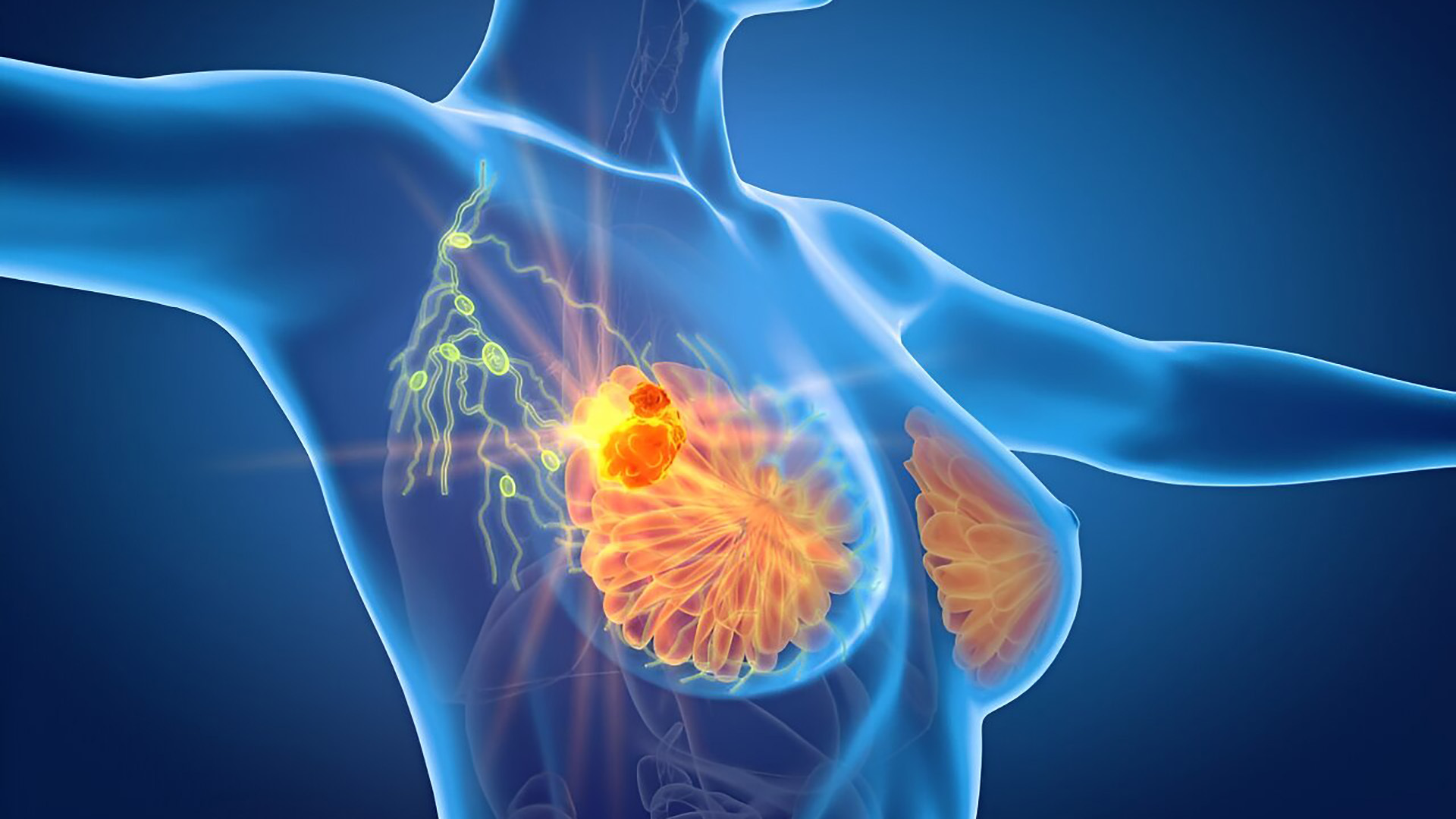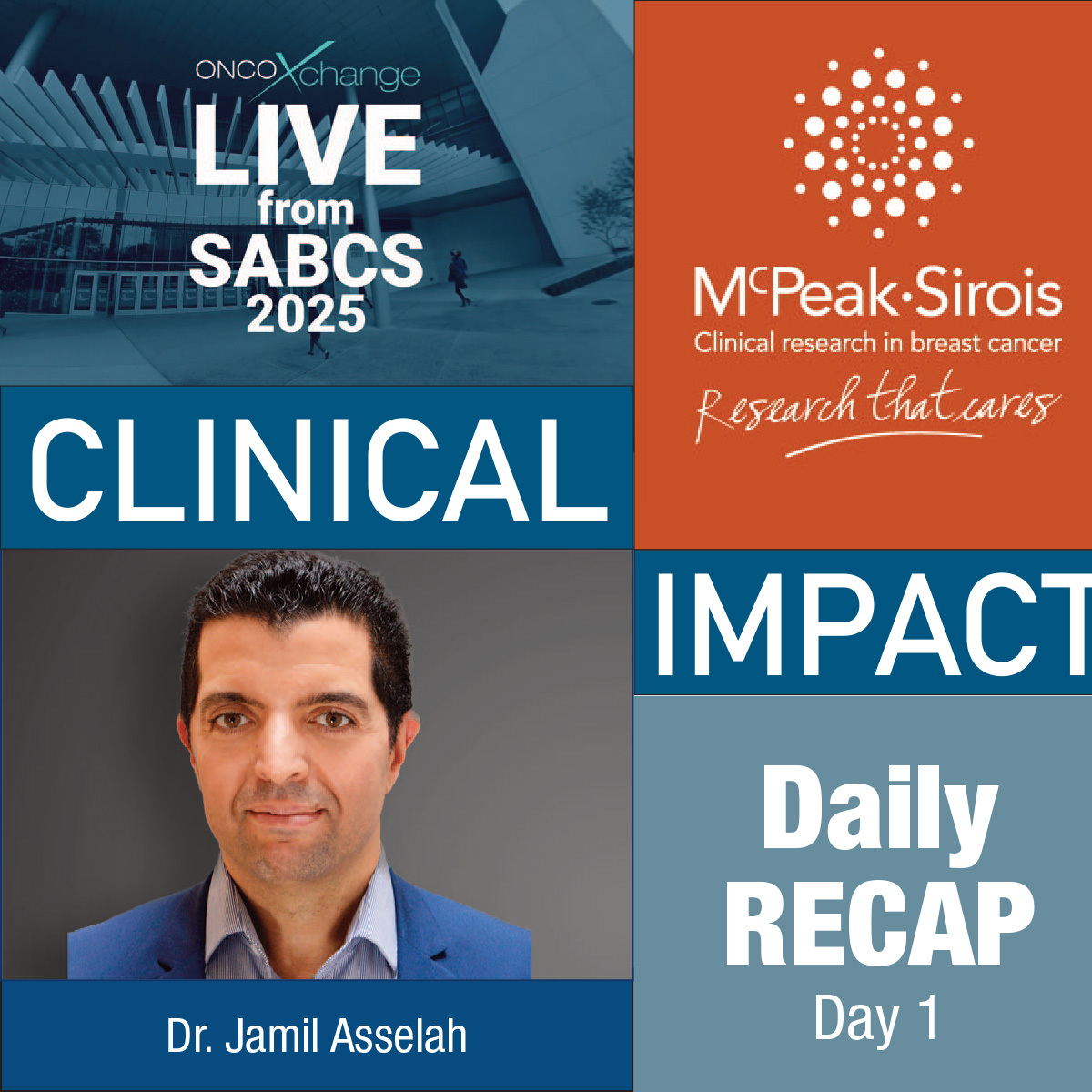
ASCO 2024 - Current State of Adjuvant Therapy Strategies: Consider Subtype, Nodal Involvement, Residual Risk
June 2024
By Wayne Kuznar for oncoXchange
In 2024, most patients with early-stage breast cancer receive some form systemic adjuvant therapy. The composition and duration of adjuvant therapy is based on a number of factors including the clinical subtype of breast cancer, clinical risk based on tumor size, nodal involvement, menopausal status, and residual disease following neoadjuvant therapy, and information gained from genomic assays, which may influence decision for certain treatments and duration, said William J. Gradishar, MD, in his presentation on adjuvant therapy strategies in breast cancer, delivered at the 2024 American Society of Clinical Oncology (ASCO) annual meeting.
Most patients with HER2+ disease receive neoadjuvant therapy, but should this apply to those with lower risk or with unexpected higher stage disease.
Node positive
“The majority of HER2-positive patients receive neoadjuvant therapy. There are some patients in whom you assess clinically at the outset that you feel have a low burden, based on the tumor size, and no clear evidence of nodal involvement.” Such patients can be guided by the APHINITY trial or the APT trial, said Prof. Gradishar, from the Robert H. Lurie Comprehensive Cancer Center of Northwestern University, Chicago.
The APHINITY trial showed that patients with node-positive confirmed HER2-positive breast cancer derived the most benefit from dual-HER2-directed therapy (the addition of pertuzumab to trastuzumab) and chemotherapy postsurgery.
Invasive disease-free survival (iDFS) was improved the most in node-positive patients in the pertuzumab arm at 4, 6, and 8 years follow-up. “Among the node-negative patients, there was no benefit [to dual anti-HER2 therapy], and you could possibly avoid using pertuzumab in that group,” he said.
Low risk
The APT trial enrolled low-risk (≤3 cm tumor size), node-negative patients with HER2-positive and ER-positive or ER-negative breast cancer, treating them with adjuvant IV paclitaxel and IV trastuzumab weekly for 12 weeks, followed by trastuzumab weekly for 40 weeks to complete a full year of trastuzumab. iDFS probability was 98/5% at 3 years, 96.3% at 5 years, 93.3% at 7 years, and 91.3% at the latest 10-year follow-up. The 10-year recurrence-free interval was 96.3%. “ATP supported the notion of de-escalating therapy,” said Prof. Gradishar.
In an effort to preserve efficacy but avoid some of the side effects with paclitaxel, the ATEMPT trial was undertaken. In this trial, T-DM1 substituted for paclitaxel. It demonstrated that in patients with stage I HER2-positive breast cancer, 1 year of adjuvant T-DM1 resulted in a 3-year iDFS was 97.8 and a 5-year iDFS of 95%. “There was indeed less neurotoxicity but more patients were falling off the T-DM1 arm compared to the APT regimen,” he said.
Residual disease
Patients who receive preoperative therapy and have residual disease, have an inferior outcome compared with patients who achieve a pathologic complete response.
The KATHERINE study randomized patients with residual invasive tumor in the breast or axillary nodes to adjuvant trastuzumab or T-DM1 for 1 year. Those in the T-DM1 arm experienced a 13.7% absolute reduction in iDFS at 7 years (HR, 0.54; P<0.0001) compared with receipt of trastuzumab, an effect that was observed even with small volume residual disease. The absolute benefit in overall survival was 4.7% at 7 years (HR, 0.66; P=0.0027).
In the EXTENET study, patients with high-risk HR+/HER+ disease who were randomized to neratinib maintenance following 1 year of trastuzumab experienced a reduction in the risk of recurrence compared with placebo, “and that was particularly true in patients who had residual disease after neoadjuvant therapy,” he said. The rate of grade-3 or -4 diarrhea was about 40% in the neratinib recipients.
HER2-/triple-negative breast cancer
The need for anthracyclines in patients with HER2- breast cancer was addressed by the three ABC trials, which compared regimens containing an anthracycline to a regimen that did not contain an anthracycline. Patients were enrolled after excision of the primary cancer and surgical evaluation of axillary nodes.
“Most patients gained an incremental improvement in outcome with an anthracycline,” he said. “Where you see no benefit is in patients who are ER-positive and node-negative. So there still is a role for anthracyclines, but it’s important to put in perspective that it is not for everybody.”
A meta-analysis of more than 15,000 patients with HER2-negative disease showed that adjuvant capecitabine improved outcomes, especially in patients with triple-negative breast cancer, (TNBC) when applied as an add-on approach.
Patients with TNBC showed improved event-free survival with the use of adjuvant pembrolizumab after neoadjuvant therapy in KEYNOTE-522, with the most benefit gained in patients who did not achieve a pathologic complete response after neoadjuvant therapy.
ER-positive breast cancer
PARP inhibitors can be considered in certain situation in ER-positive breast cancer, said Prof. Gradishar. One such situation is in patients with germline pathogenic variants in BRCA1/2, who experienced a 3.4% absolute improvement in overall survival with olaparib compared with placebo in the OlympiA study.
The optimal duration of adjuvant endocrine therapy appears to be 7 to 8 years in those patients who can tolerate it, he said.
“We now have tools that we can utilize that may help us decide who needs longer therapy, including the Breast Cancer Index, which has been employed for that purpose, as well as other molecular tools,” he said. “In patients with high nodal burden, this would probably not be needed. But for lower nodal burden and node-negative disease, it would be a consideration.”
Ovarian suppression has an adjuvant effect, reducing risk of recurrence in patients not receiving chemotherapy or in those who did but remain menopausal or premenopausal.
Bisphosphonates
Data indicate that inclusion of a bisphosphonate in the adjuvant setting can reduce the risk of recurrence, distant recurrence, and death, and use of a bisphosphonate should be discussed with all postmenopausal patients who receive systemic therapy regardless of ER/PR/HER2 status.

Comments (0)